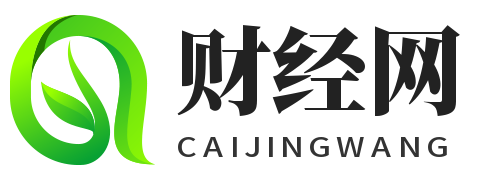各国期货代码(国内商品期货代码)
Understanding Futures Trading: A Comprehensive Guide to International Futures Codes
Futures trading is a vital component of the global financial market, offering investors the opportunity to hedge risks and speculate on the future prices of various assets. Each country has its unique set of futures codes, allowing traders to easily identify and participate in different markets worldwide.

United States Futures Codes (e.g., S&P 500 E-mini, Crude Oil)
In the United States, futures codes are commonly used to represent various commodities and indices. For instance, the S&P 500 E-mini futures contract is denoted by the symbol ES, while crude oil futures use the symbol CL. Understanding these codes is crucial for effectively navigating the American futures market.
European Futures Codes (e.g., Euro Stoxx 50, Brent Crude Oil)
Europe boasts a diverse range of futures codes, including the Euro Stoxx 50 (SX5E) and Brent Crude Oil (CO1). These codes play a pivotal role in facilitating trading activities across different European exchanges, providing investors with access to a wide array of financial instruments.
Asian Futures Codes (e.g., Nikkei 225, Shanghai Composite Index)
Asia-Pacific markets also feature prominent futures codes such as the Nikkei 225 (NKD) and the Shanghai Composite Index (SSE). These codes enable traders to engage with key Asian economies and capitalize on market opportunities unique to the region.
In conclusion, understanding international futures codes is essential for navigating the complex landscape of futures trading. By familiarizing yourself with the specific codes used in different countries, you can enhance your trading capabilities and seize lucrative opportunities across the global futures market. Remember to conduct thorough research and stay informed to make informed decisions in your futures trading endeavors.




